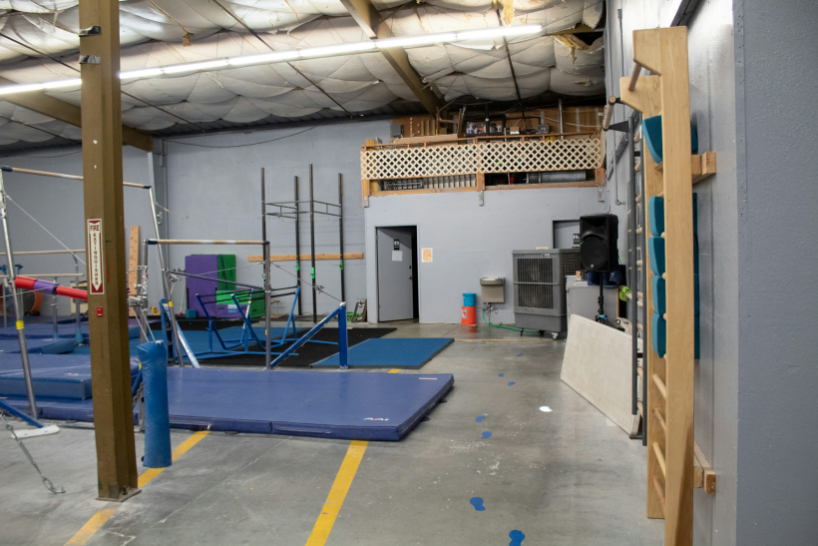In the spotlight, apart from the dazzling aura of celebrities, those body parts closely related to their careers actually hide a series of carefully designed risk control dramas.
In 2023, the pianist Lang Lang insured his hands for 100 million yuan, which made the public feel the shock of "human body capitalization" for the first time. In the palace of classical music, every subtle movement of fingers is related to whether Chopin's nocturne and Liszt's rhapsody can be perfectly interpreted. Brokerage companies and insurance companies calculate the risk probability based on past performance data, medical evaluation, training intensity and other dimensions, and finally finalize this policy, which can be called "human body futures contract". From the early death of Chopin's artists due to tuberculosis to the fact that modern pianists may interrupt their playing career due to tenosynovitis, this insurance design is essentially a "time anchor" for human creativity. What is more worth pondering is that when the pianist's fingers are quantified into a series of risk factors, the uncertainty of artistic creation is also tried to be brought under control by capital-the Lang Lang team even asked the insurance company to provide additional clauses of "alternative performance scheme" in case of injury, the music lifeline can still be continued through virtual performance technology.

The story of sports risk control is even more ups and downs-behind the gymnast Byers's $50 million insurance for his ankle, there is a set of bio-mechanical algorithms. Every time the ankle rotates, jumps and lands, the sports biomechanics team uses three-dimensional modeling to quantify the risk value. The insurance company will even ask the gymnastics team to revise the training plan and reduce the proportion of "explosive movements". This "quantitative disassembly" of the sports career has made this insurance policy evolve from a compensation tool to a precise dashboard of the career life cycle. What's even more unexpected is that this insurance policy has also given birth to cross-border cooperation in sports medicine-an "ankle stress monitoring chip" jointly developed by insurance companies and Harvard Medical College, which is implanted into special protective gear in byers and transmits data to the terminal equipment of the coaching team in real time. This combination of "insurance+technology" not only enables every minor ankle injury to be warned in advance, but also promotes the innovation of the training concept of the whole gymnastics community.

In fashion, the most extreme "organ financialization" is staged. When supermodel gigi hadid insured her legs for $20 million, the insurance policy contained the "survival password" of the supermodel industry. In addition to the basic medical compensation, the additional provisions require the model agency to provide customized foot care programs, twice-monthly varicose vein screening, and even precise restrictions on the heel height of catwalk high heels. These legs, which are regarded as "walking money printing machines", have more complicated insurance logic than financial derivatives-they not only ensure health, but also ensure "commercial availability". In the brutal competition of fashion shows, the legs of models are not only physiological organs, but also "flow assets" that are precisely valued by capital. The actuary behind the policy will even refer to social media data to link Gigi's gait stability with the fan growth curve, forming a unique "body part business value evaluation report".
From the ballet dancer spinning on tiptoe on the stage, to the violinist weaving melody on four strings, to the gymnast tumbling in the air, those seemingly fragile body parts are actually woven into "professional shields" by precise insurance clauses. This is not only a quantitative recognition of individual value, but also a gentle compromise of human civilization to the fragility of creativity. Behind those glamorous stages, every part insurance is a miniature epic full of professional beliefs and risk management.

What is more intriguing is that this trend of "financialization of body parts" is feeding back the industry ecology. When the pianist's hands, gymnast's ankles and supermodel's legs were accurately valued, the vocational training system was also upgraded. Juilliard began to introduce an insurance risk assessment model into the hand care course, the American Gymnastics Association forced all young athletes to wear biomechanical monitoring equipment, and Milan Fashion Week included the model's "body part policy" as an important reference index for catwalk ranking. This shift from individual risk management to reshaping industry standards may be the most profound cultural significance of celebrity insurance-it allows us to re-examine the subtle tension between body and occupation, individual and capital, art and business, and also provides a new perspective for the sustainable development of human professional civilization.





